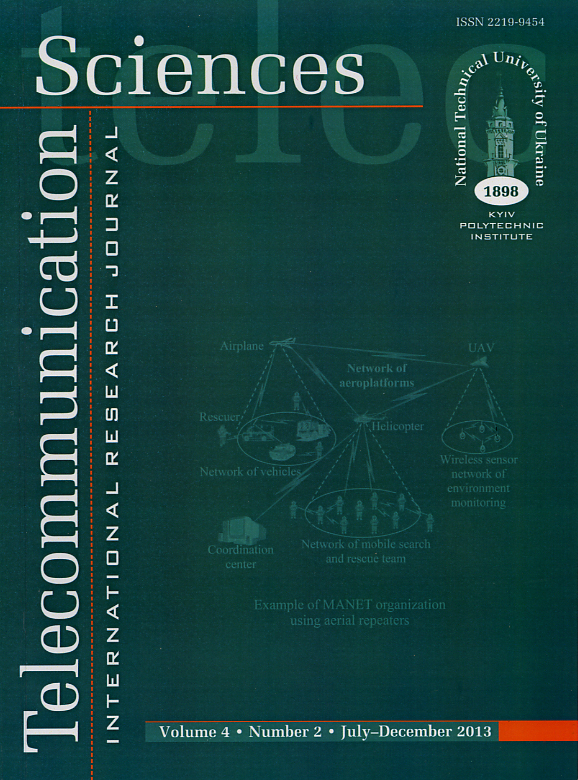MOBILE COMMUNICATIONS, MOBILE LANGUAGE
DOI:
https://doi.org/10.20535/2411-2976.22013.53-58Abstract
The present paper addresses essential discourse elements of the English language of science in light of the so-called Anglo-American intellectual style. Emphasised here are: various linguistic devices of compression (writing succinctly, avoiding
verbosity and negation etc.), keeping subject and verb close together, and common revision patterns. Key standardized discourse models and academic vocabulary – as well as their Ukrainian equivalents – are also discussed. Special attention is given to Active vs. Passive voice usage, and adequate language framing of the author’s viewpoint in scientific discourse.
References
Ilchenko O. The Language of Science. – 3 edition., – К. : Еdelweis, 2013. – 289 c.
Darian S. Ilchenko O. Impact: Writing for Business, Technology and Science – К.: Akademperiodyka, 2012. – 232 с.
Davidson W. Business Writing: What Works, What Won’t: [revised edition] – St. Martin's Griffin, May 2001. – 320 p.
Galtung J. Struktur, Kultur und intellektueller Stil / John Galtung // Das Fremde und das Eigene. – Munich: Iudicium Verlag. – 1985. – P.151–193.
Kaplan R.B. Cultural Thought Patterns in Intercultural Education / Robert B. Kaplan // Language Learning. – 1966. – № 16. – P. 1–20.
McFedries P. WordSpy – http://www.wordspy.com/
Silverman D. When Clarity is Not the Same as Brevity: http://blogs.hbr.org/2009/10/when-clarity-is-not-thesame-a/
Silverman D. How to be Successful in Business Writing: Don’t be Dickens http://www.feedolu.com/feed/ 6596/HBR+Blog+Network+-+Harvard+Business+Review+%C2%BB+David+Silverman
Silverman J. How has Technology Changed Communication? – http://curiosity.discovery.com/question/how-has-technology-changed-communication
Strunk W.Jr., White E.B. The Elements of Style. – 4th edition. – Longman, 1999 . – 105 p.

